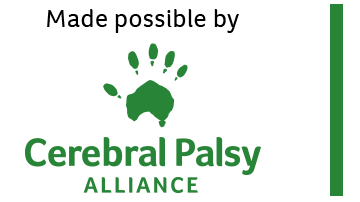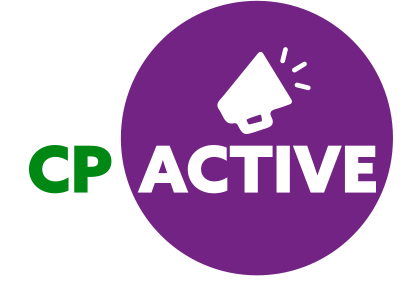Resilience, community and representation – key lessons from CPA’s Paralympic Ticker Tape Parade
The amazing performance of Australian athletes with cerebral palsy at the Tokyo 2020 Paralympics has inspired a new generation of young children with CP and similar disabilities. To celebrate the return of our Aussie Paralympians, CPA recently held a virtual Paralympic Ticker Tape Parade, pairing aspiring athletes with some of our most successful Paralympians living […]

